MAP Monitoring: A Complete Guide to Minimal Advertised Price (MAP), Its Importance, and Ways to Monitor Retailer Pricing!

Competition and E-commerce always go hand-in-hand. As businesses seek to capture the target market, they devise several methods to do the same, including lowering the prices of their products. However, the price cut gets problematic if it is not regulated efficiently. Here, MAP (Minimum Advertised Price) comes into play.
But what is MAP exactly, and how it aids or hinders the cut-throat competitive market? What are MAP policies and their benefits for retailers?
Let us have a look!
What are MAP Pricing and MAP Pricing policy?
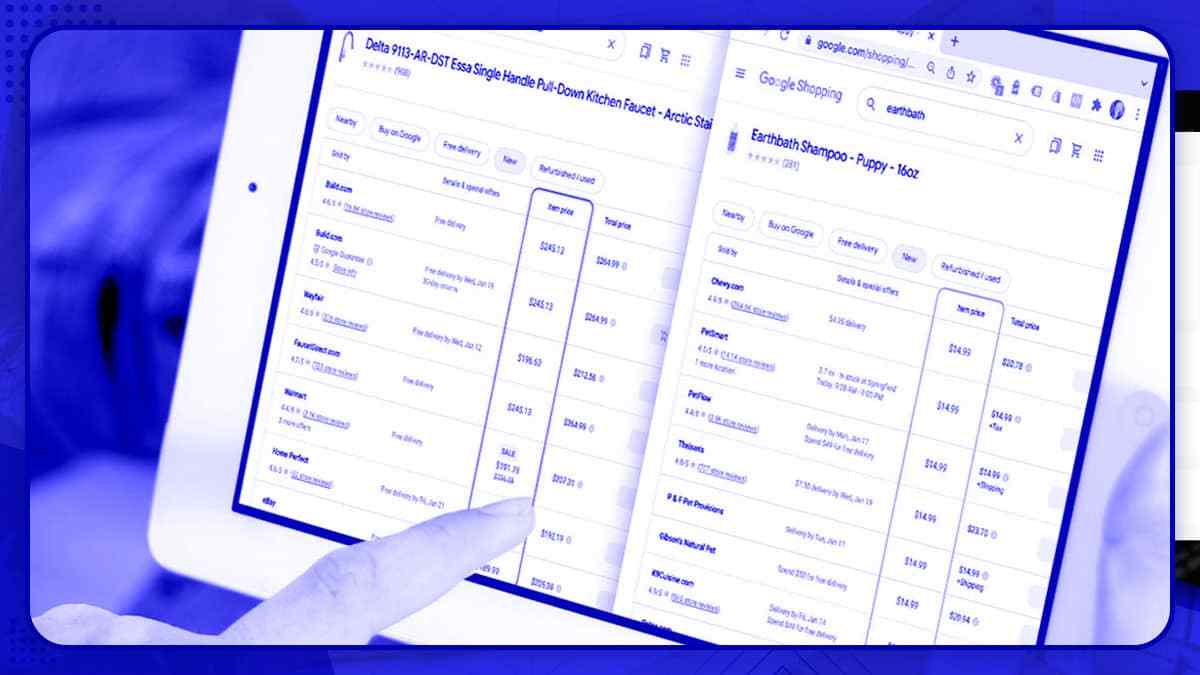
MAP, or Minimum Advertised Price, refers to a pre-determined minimum price of products that retailers can advertise in the market. These MAPs come as policies created by the brands to help retailers get decent profits.
MAP Pricing Policies are, thus, an agreement that binds manufacturers and distributors to check the minimum price at which a product gets advertised in the market.
The policies serve as a crucial aspect of retail channels as they promote price consistency and prevent retailers from indulging in cut-throat price wars.
MAP and Price Fixing- Differences
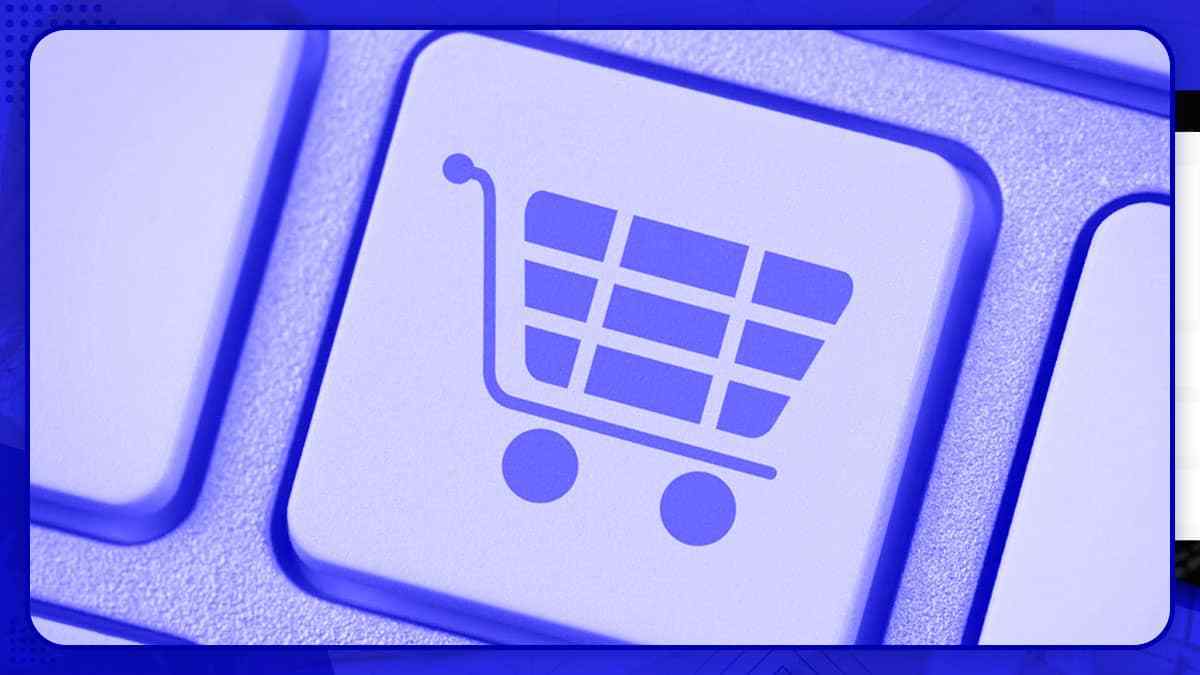
While MAP (Minimum Advertised Price) can look like price-fixing, in reality, it is not. MAP determines a minimal bar below which a product can not get advertised on websites. On the other hand, price-fixing is the actual price at which the good gets sold in the market.
In other words, MAP restricts the minimum advertised price, while price-fixing limits the final selling price.
Importance/ Benefits of MAP for Brands

With an apt MAP policy across all the distribution channels, brands inform the retailers about the lowest trading price and even assist customers in knowing the actual product price. In doing so, the policy ensures that the customers become aware of fraudulent items in the marketplace and understand the true value of the purchased goods.
Well, let us dive deeper into why MAP pricing gets done or the benefits it provides across sales channels:-
Conserving Brand Identity

Due to cut-throat competition, a seller may get tempted to advertise products at a lower price to grab eyeballs. If this happens frequently, it could diminish the value of brands over time.
Therefore, to gain some control and avoid severe damage to the image and reputation of the brand, they should have a working MAP policy.
Protecting Retailers

In the market, staying ahead of competitors may lead retailers to take drastic steps. When a retailer lowers the price, it causes other retailers to do the same, ultimately destroying the retail margins. Eventually, the reduced prices may lead retailers to stop stocking the product of that particular brand altogether in the long run.
Here, MAP policies help safeguard the interest of the sellers. Once a trust bond gets created between brands, retailers, and resellers, the retailers can enjoy access to new products and other perks.
Enhanced Sales Channels

When third-party retail margins get protected, the number of channels and vendors that store their products increases. A functional MAP policy creates an equal field of opportunity for all retailers-big or small. In a nutshell, all retailers can advertise the product at the same competitive price through MAP policy.
Consequently, if a product is available on more sales mediums, it leads to more sales, boosting the omnichannel strategy.
Ensures Apt Performance Visibility

When every retailer operates under the same price range, brands get to check the performance of their products. Since, customers will not make decisions per the price as it is constant, the brands can evaluate which of their products are doing good. The analysis also helps them to know the consumer behavior, mistakes committed, suitable marketing strategies, and much more.
Limiting Bad Consumer Experiences
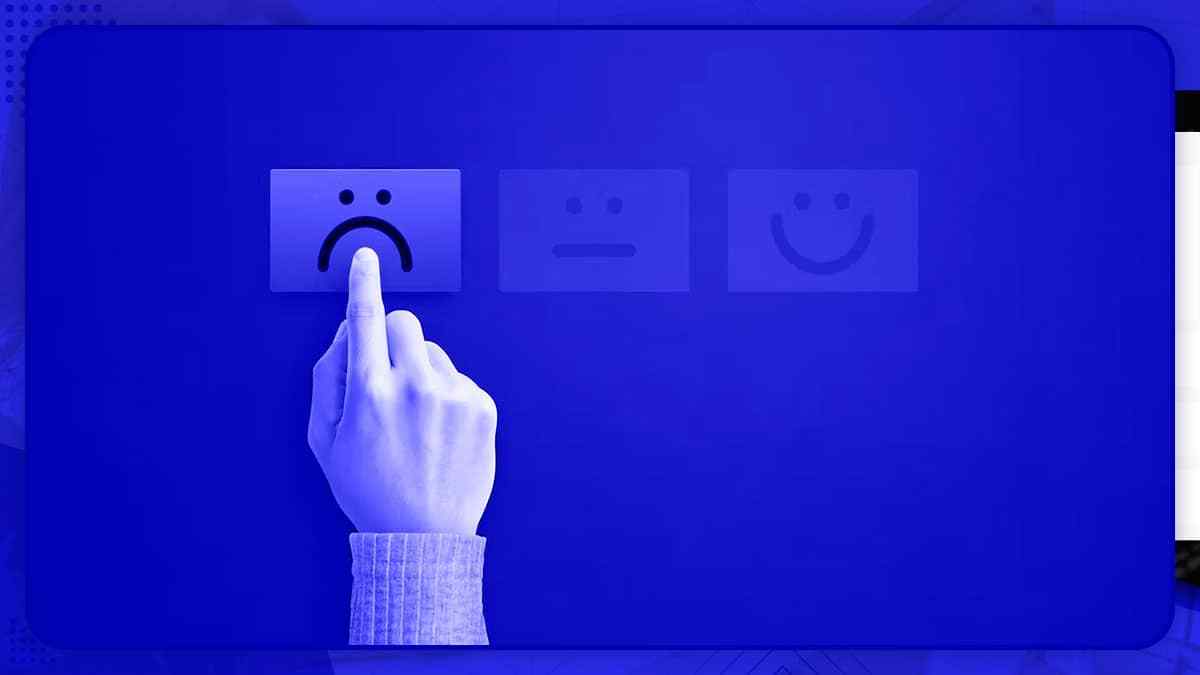
Consumers and their experiences with any product determine the popularity of the brand. When buying a good, one of the main factors that customers consider is the price. Although brands may have a price criterion, some retailers have overlooked the same, leading to a bad consumer experience.
Thus, an effective MAP policy ensures that a minimum advertised rate gets followed, thereby leveling the playing field. Through this, sellers can divert their attention to giving better consumer experiences rather than focusing on the price-slashing war of the market.
MAP Violation- Ways to Monitor Retailer Pricing!
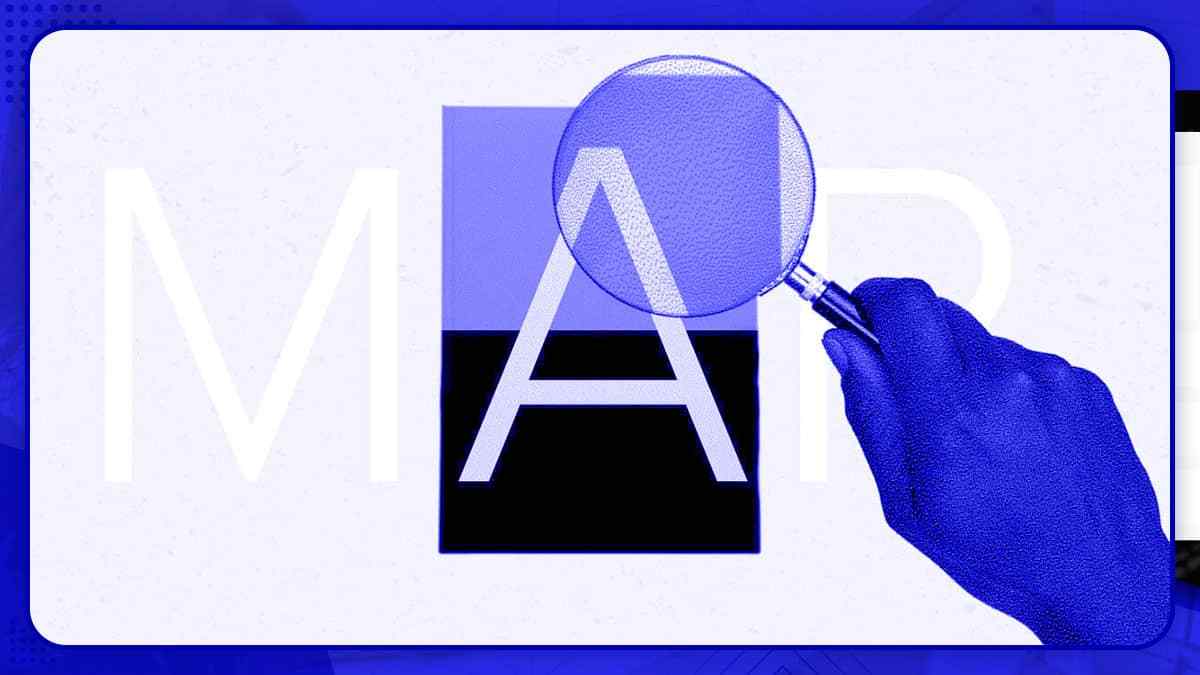
Once MAP is in place, it does not guarantee that retailers will not find a way around the policy. It may come in the form of selling the products below the MAP or inaccurate brand representation on third-party websites.
Thus, MAP monitoring makes the retailers work per the policy standards. MAP monitoring is the way with which the online price of the products gets monitored across different digital channels to record the fluctuations in the marketplace.
Well, here are a few ways through which brands can ensure MAP monitoring to have a uniform price range across retail channels:-
Drafting an Elaborate MAP Pricing Policy

The crucial step towards nipping MAP violation in the bud is by drafting an elaborate MAP pricing policy that is just. The brand should create a policy to create a uniform brand image across all retail channels. Brands must also take the required steps to enforce stringent MAP policy throughout.
Use of Automated, AI MAP Monitoring

Since it is impossible to keep a check on retailers across all channels, brands must resort to using AI MAP Monitoring that tracks the products sold. An automated, advanced solution can help keep a hawk’s eye around the clock on the retailers, alerting brands when inconsistencies occur.
Penalizing MAP Violators
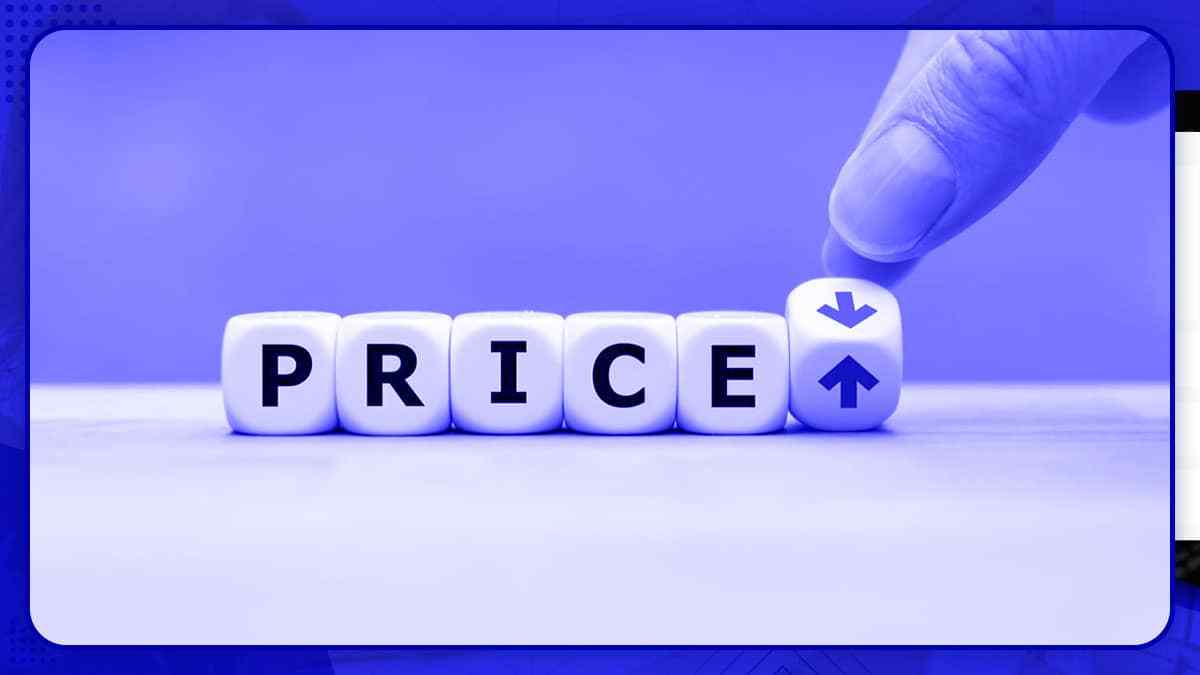
When a MAP policy gets signed by retailers and a breach occurs, the brands can penalize the violators and terminate their listings. Brands can even take legal action against the defaulters if the violation continues. They can also discredit them, thus discouraging other retailers from selling the products below MAP.
Partnering with Regulatory Bodies

Brands can partner with regulatory bodies, customs, and trade associations to help spread the concept of MAP and make the customers aware of the grey areas of the market. The bodies help the partner brands by conducting regulatory checks and supporting them by furthering the fight against violators and unauthorized trade. Also, some of these bodies have authority by which they can conduct raids and even take legal action against the defaulters.
Using DTC ( Direct to Customer) Channels

Selling directly to consumers can eradicate the problem of unauthorized sellers and MAP violations. With brands selling products through their e-commerce channels, they can keep a strict check on who sells their goods. It can also lead to better customer relationships, benefitting brands in the long run.
Conclusion
A cohesive effort on the part of manufacturers and retailers gets necessary for MAP policies to work efficiently. Using web scraping to scrape MAP data has helped brands set their prices and stay abreast of the competition. As e-commerce becomes indispensable, brands need an informed MAP (Minimum Advertised Price) policy to stop healthy competition from getting brutal.
